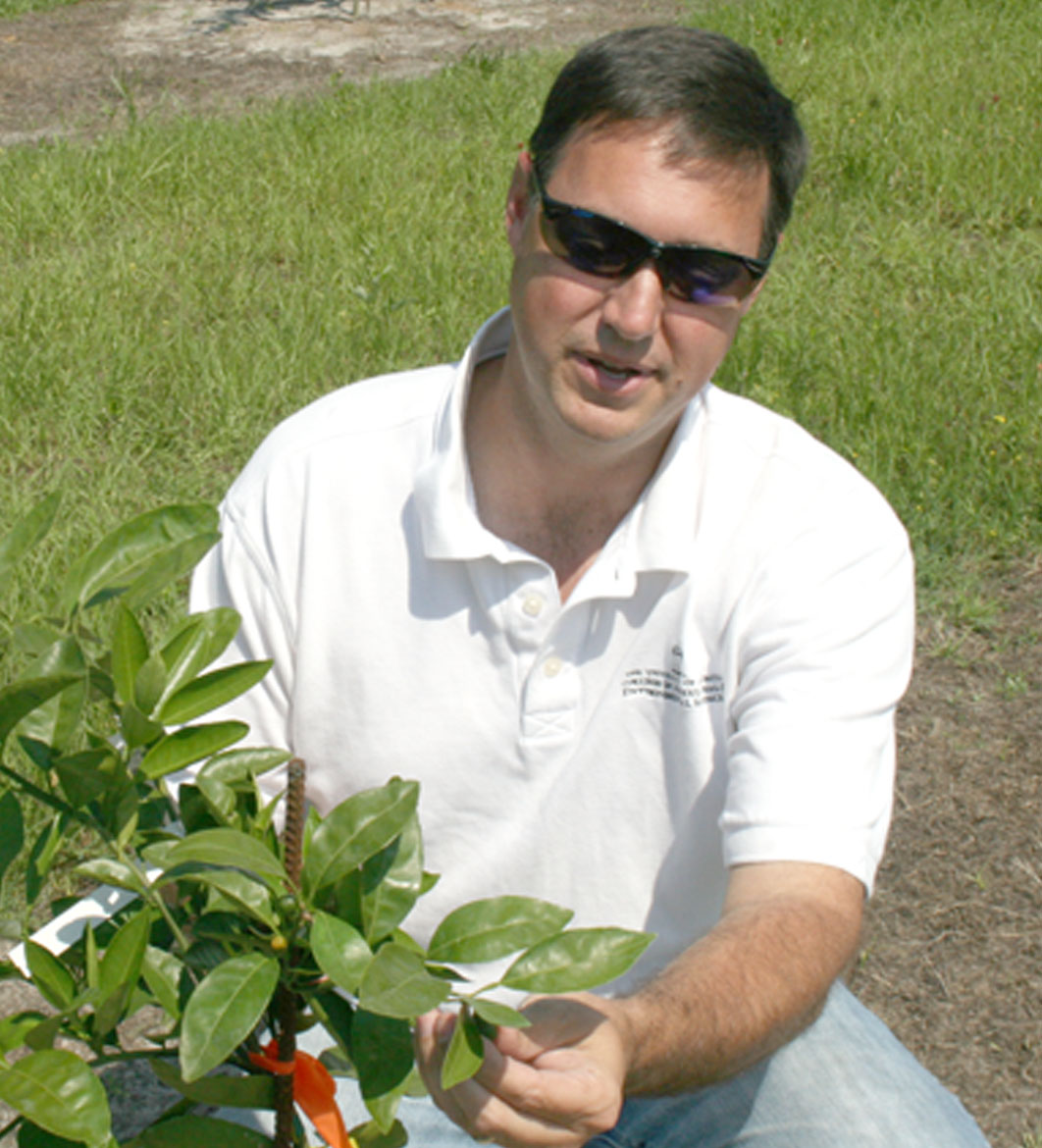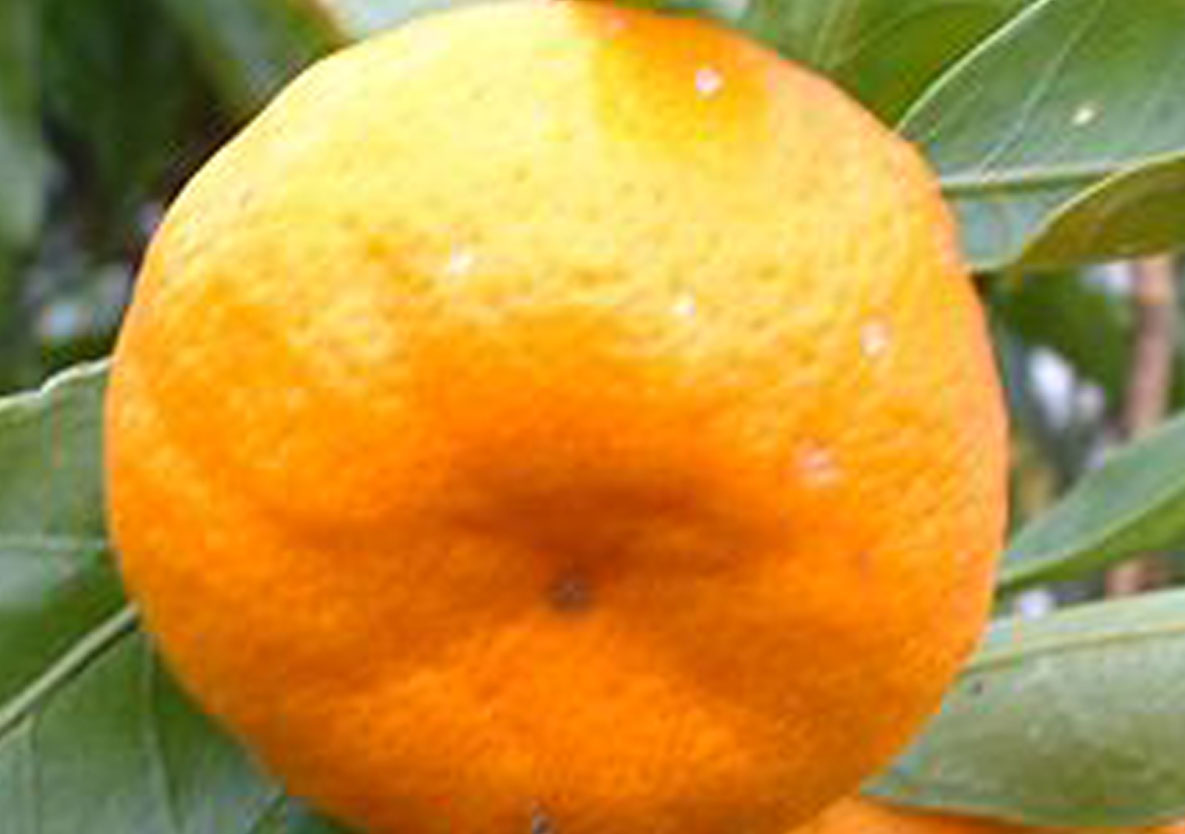Consumers with a sweet spot for satsuma oranges can expect to see south Georgia oranges on the market in 2017, according to Jacob Price, University of Georgia Cooperative Extension agent and Lowndes County Extension coordinator. That’s because south Georgia satsumas trees are a little more than a year away from producing fruit.
The popular oranges, grown in limited quantities in northern Florida, southern Alabama, southern Louisiana and northern California, have been grown in Lowndes County, Georgia, since 2013. Due to the mandarin orange’s increasing popularity, there have been approximately 80 acres of satsumas planted, including some on a patch of land at J.L. Lomax Elementary School in Valdosta, Georgia, where Price is researching satsumas on 10 different rootstocks. The satsuma trees at the elementary school have even sparked some interest from children at the school.
“The kids know about the research and will, hopefully, become interested and get involved,” said Price. “Right now they don’t know too much, but once they see the fruit, they should become more interested.”
Price believes that Georgia-grown satsumas would be a healthy addition to school lunches. The farm to school movement encourages school officials and administrators to serve locally grown food in school cafeterias. Georgia-grown mandarins seem to fit well in a school cafeteria setting: They are healthy, require little to no preparation, are seedless, easy to peel and children enjoy them, Price said, “People love them and want more of them. They sell themselves.”
Price has set a meeting in April to discuss forming a Georgia Citrus Growers Association and to provide farmers with more information on growing satsumas. More details about the meeting will be available closer to April, but the meeting will be open to the public and would greatly benefit farmers interested in commercially growing the tiny-sized oranges, Price said.
Since 1999 several new rootstocks have been released by the U.S. Department of Agriculture, and these varieties have never been tested on satsumas. In Price's research trial, the Owari 874 variety is being grafted onto 10 different rootstocks to determine which one will give the trees the most cold-tolerance and produce the best quality fruit.
“The more we study this fruit, the better we are at equipping Georgia farmers with the knowledge they need to grow a sustainable fruit,” he said.
Price and his team began planning this trial in 2013 and planted test trees in 2014. He hopes these innovations will give farmers other rootstock options that will allow them to commercially grow this fruit in south Georgia.
(Kenzie Kesselring is an intern on the UGA Tifton Campus.)








